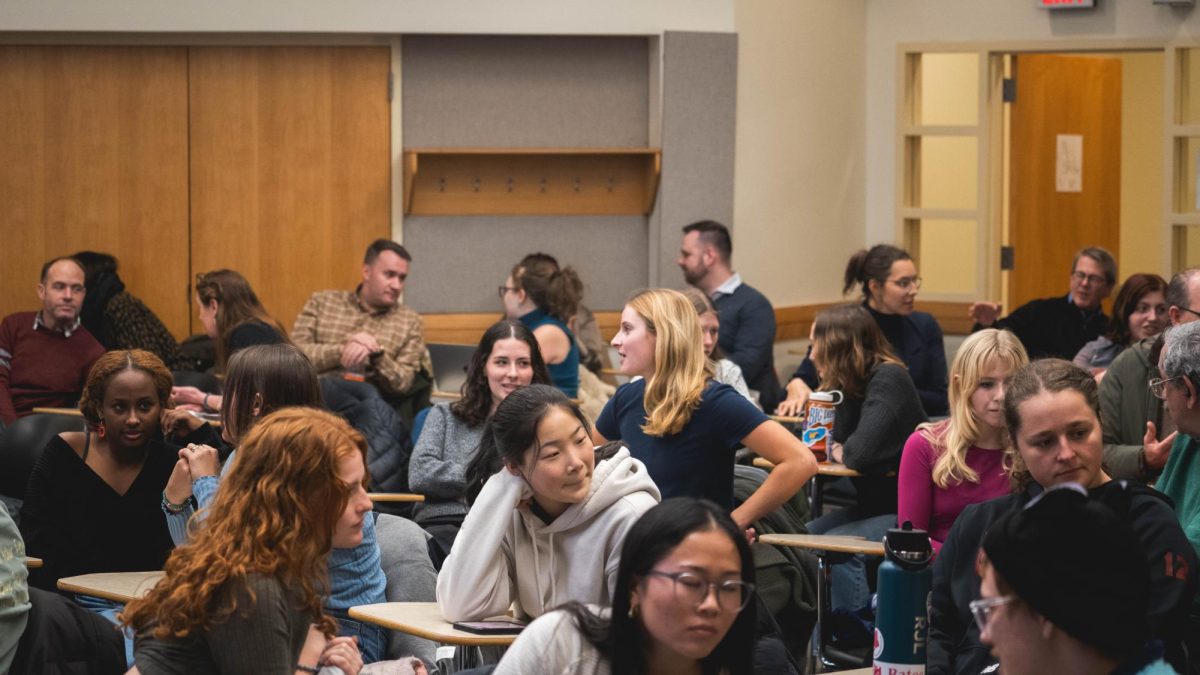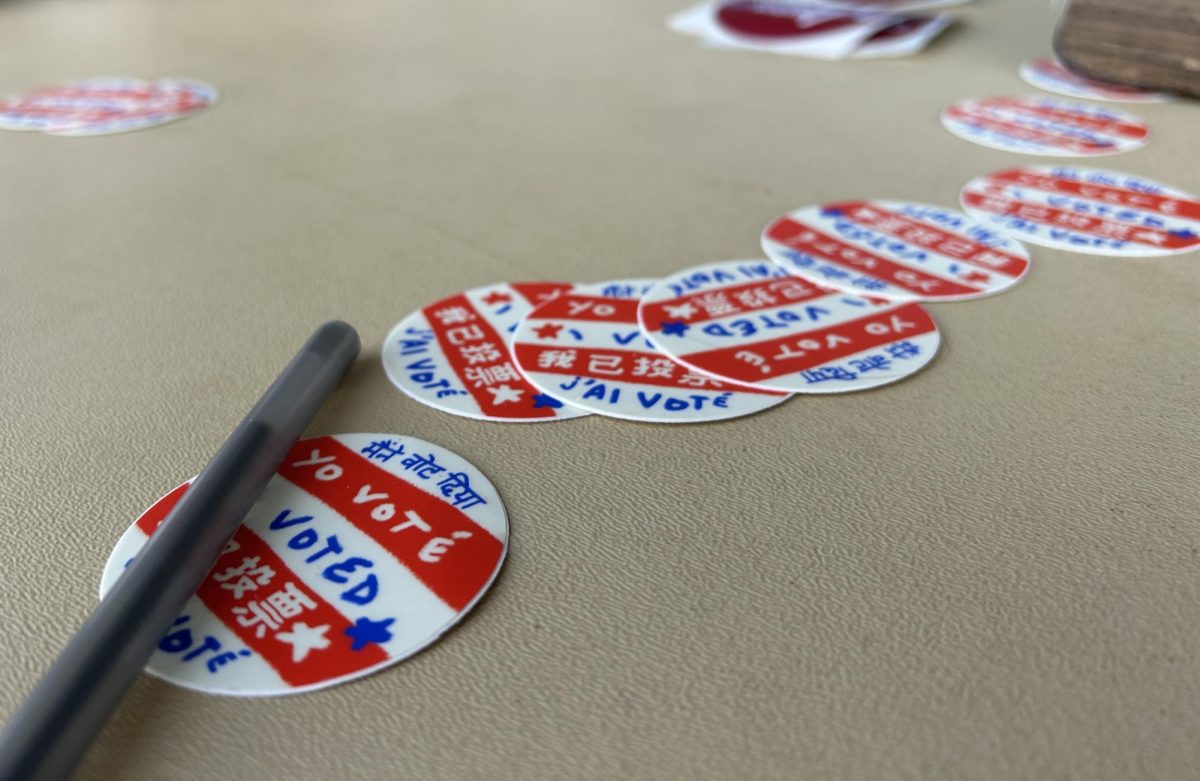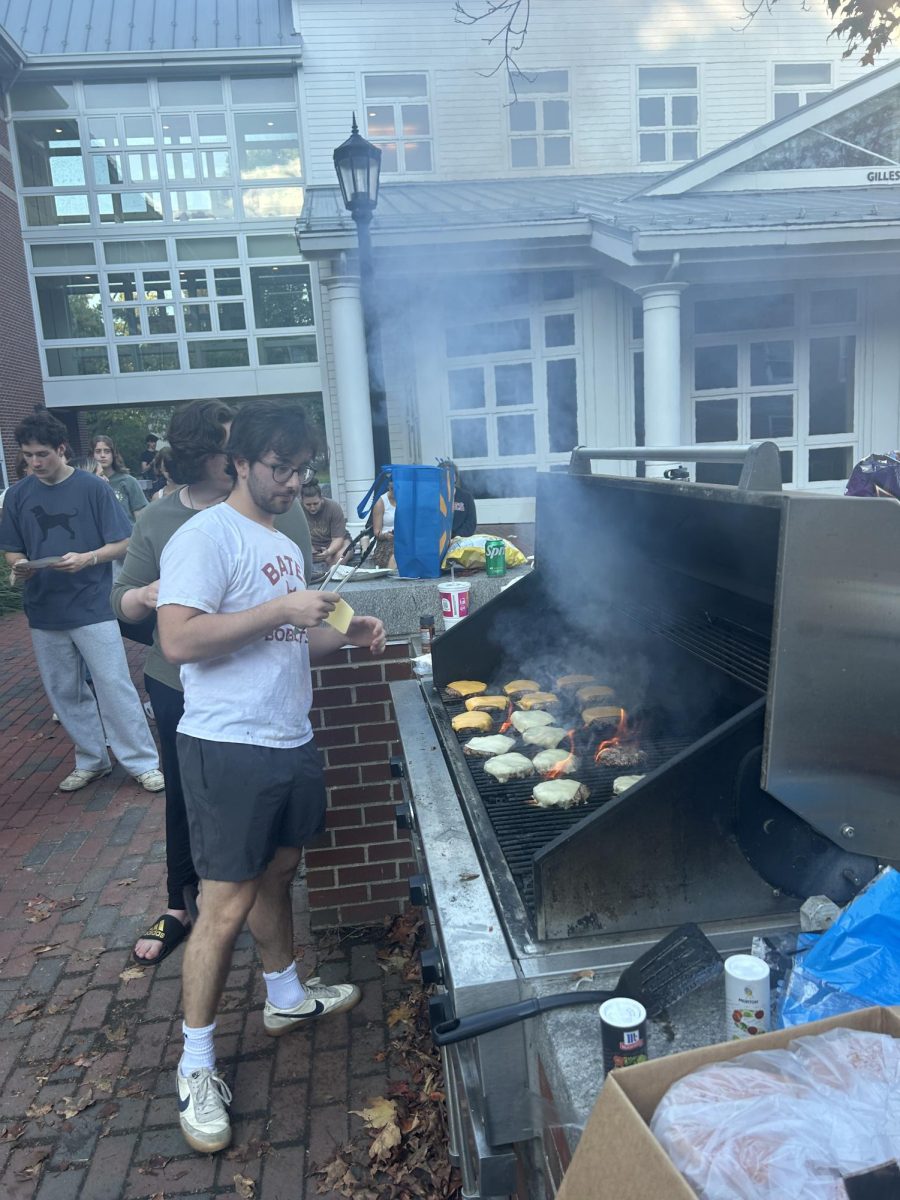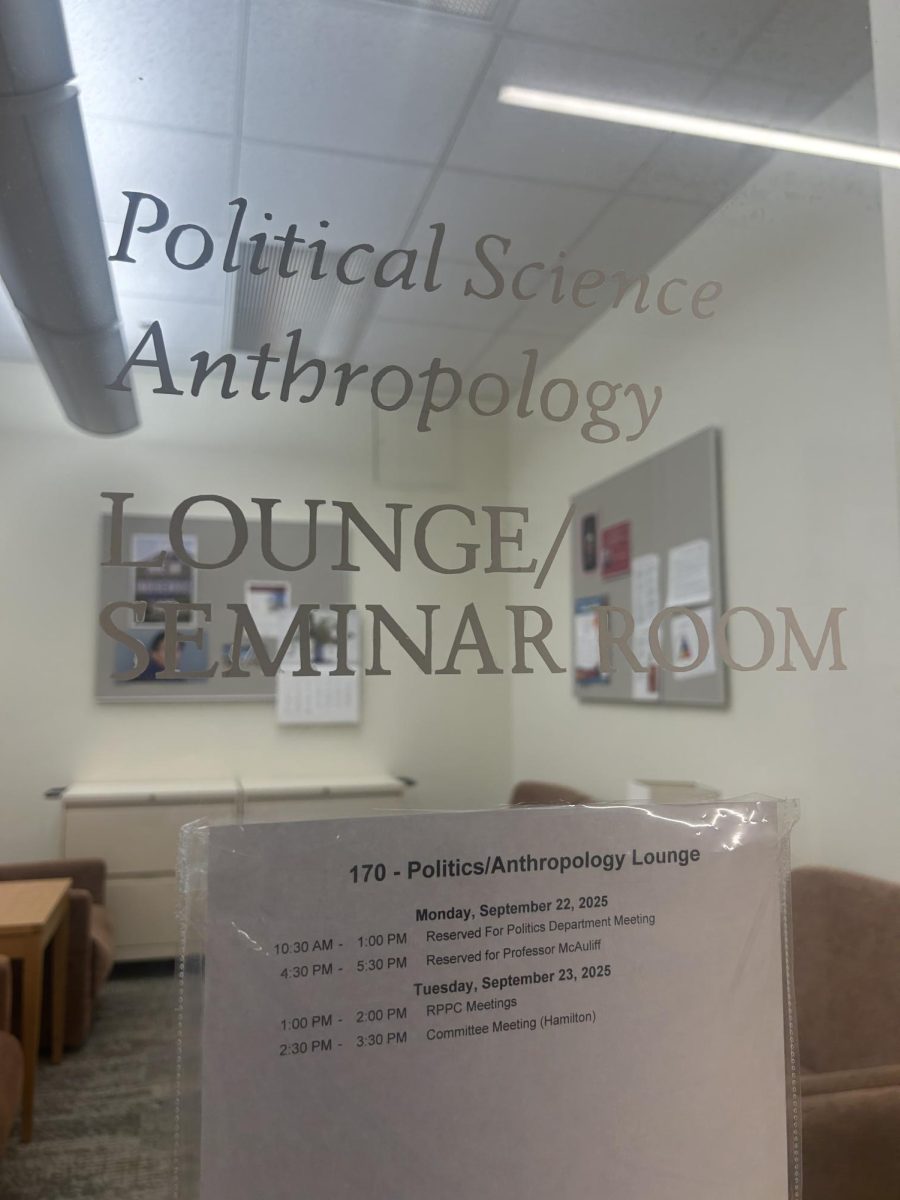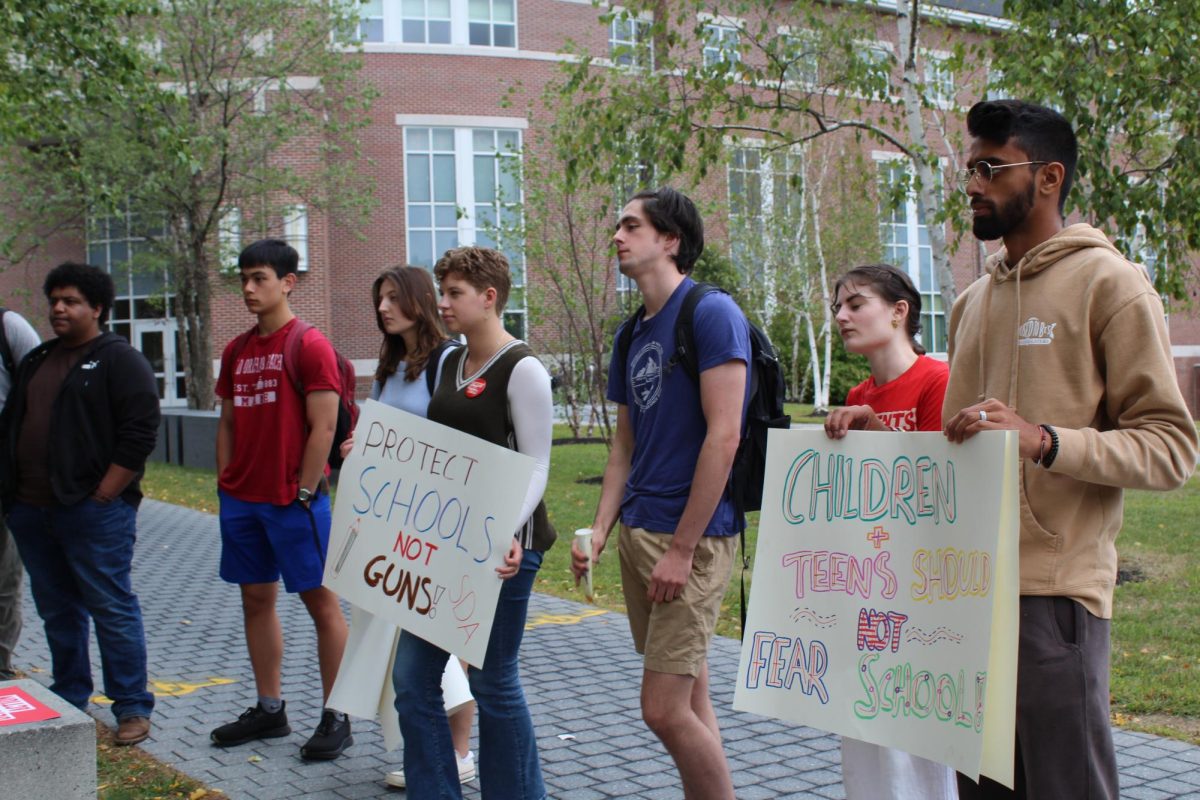Among the last gatherings of the Bates MLK Day Observance, Maddie Lee ’24 and Ruby Forde ’24 hosted a workshop titled “What even is ethnic food?”
After introducing themselves and their connection to the topic, the presenter indicated that, “We want this to be a space where people feel free to talk to one another and share what this means to them.”
The workshop begins with a short video from New York Times Cooking, which discusses the “ethnic foods” section of American grocery stores. The video also explores issues of why the section exists, the problematic nature of condensing multiple cultures’ foods into one section, and the experience of shopping and the economics of grocery stores.
The presenters, Maddie Lee ’24 and Ruby Forde ’24, continue the conversation by giving background to the “ethnic foods” section of grocery stores, saying that it was created in the 1930s as a response to new interest in international foods from soldiers returning from World War II.
After providing this context, the presenter invites attendees to discuss whether they think the “ethnic foods” section should still exist and, if not, to discuss alternatives to the section. After discussing, attendees share with the room their ideas. Among these are problems of what foods get relegated to the section, the nature of the catch-all term “ethnic” and the possibility of dispersing these foods throughout grocery stores.
Lee and Forde presenter goes on to discuss the Euro-American tendencies to cherry-pick ethnic foods that become trendy, the problem of assumptions about foods mirroring assumptions about culture and the issue of food authenticity.
Lee, whose thesis has explored many of these topics, shared that across social media platforms, food discourse often centers around ethnic foods. Using the example of Mukbangs, Lee explained how the original intentions for a food practice are often exploited for the benefit of Western use and taste.
Lee went on to explain culinary appropriation, or the phenomenon where white creators on social media platforms receive credit for a dish from a different culture. Lee emphasized that many of the foods that have previously brought many people of color shame are now trendy in their repackaged forms.
The presenters then had attendees discuss the meaning of ‘ethnic’ food, exploring their relationship to the topic and discussing Bates’ success in representing different international cuisines and dishes.
While the room shared differing opinions about how well Bates does in representing varied cuisines, attendees agreed that the term ‘ethnic’ is vague and ultimately used to alienate international cuisines.
The workshop concluded with a small research activity that explored the trendiness of “ethnic” foods in the U.S. Presenters ended by encouraging attendees to exercise more curiosity about the cultural origins of the food they eat.
“All food is ethnic. All food has components that come from different cultures and are hard to extricate,” said Lee.


